Spanish cuisine, which has for centuries on end impressed its fans, has quite a unique story. It is a personification of the tastes of Celtic, Iberian, Phoenician, Carthaginian, Greek, Arab and many other people's cuisines that have left a permanent mark behind. Here's what's important to learn about Spanish culinary preferences:
1. Contrary to the popular belief that the Spanish prefer fish to any other meat because they are the #1 consumers of fish in Europe, they actually prefer eating meat delicacies made from pork, veal, lamb, rabbit and venison.
2. The 1st inhabitants of Spain were the Iberians, thanks to which the country has kept its affinity for dairy products and legumes. In the northern regions of Spain, where the Celtics ruled, the locals also bred livestock.
3. After the Romans came in about the 3rd century BC, the territories of present day Spain were forced to grow cereal grains on an enormous scale, as well as to come up with new ways of growing them. Besides these though, caravans loaded with olive oil and wine were also sent toward the center of the Roman Empire.
4. The Arabs arrived at the Iberian Peninsula during the 7th century and brought with them different views as to what should be and how it should be grown. With them we see the beginning of the cultivation of apricots and oranges, as well as a preference for black pepper and saffron.

5. If you ever try Spanish desserts, you may come to wonder why they use almonds in almost all of them. This is due to the Jewish contribution.
6. After the discovery of America and the arrival of the Europeans on the Iberian Peninsula, the locals' diet saw the addition of vegetables such as tomatoes, potatoes and corn. But this was a long and slow process since all of the diseases that the Europeans brought with them were being transferred to the new products for decades on end, while the Spanish speaking inhabitants loved eating them and as they became part of the culinary norm.
7. We can also find many French elements that have left their mark on Spanish cuisine, especially when it comes to the preparation of desserts. For example, strawberry or raspberry ice cream with whipped cream continues to excite both kids and adults.
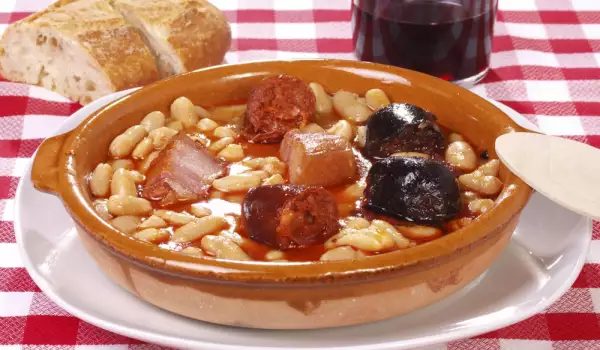









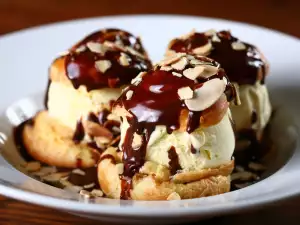

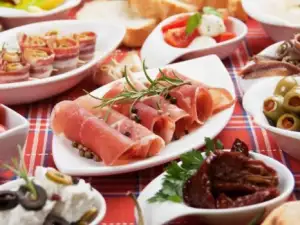
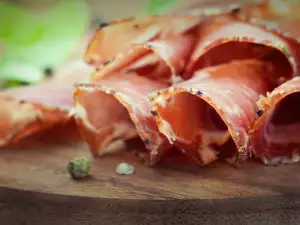
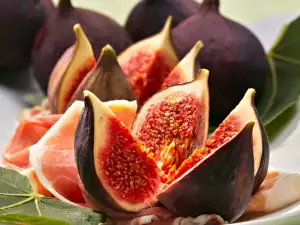

Comments